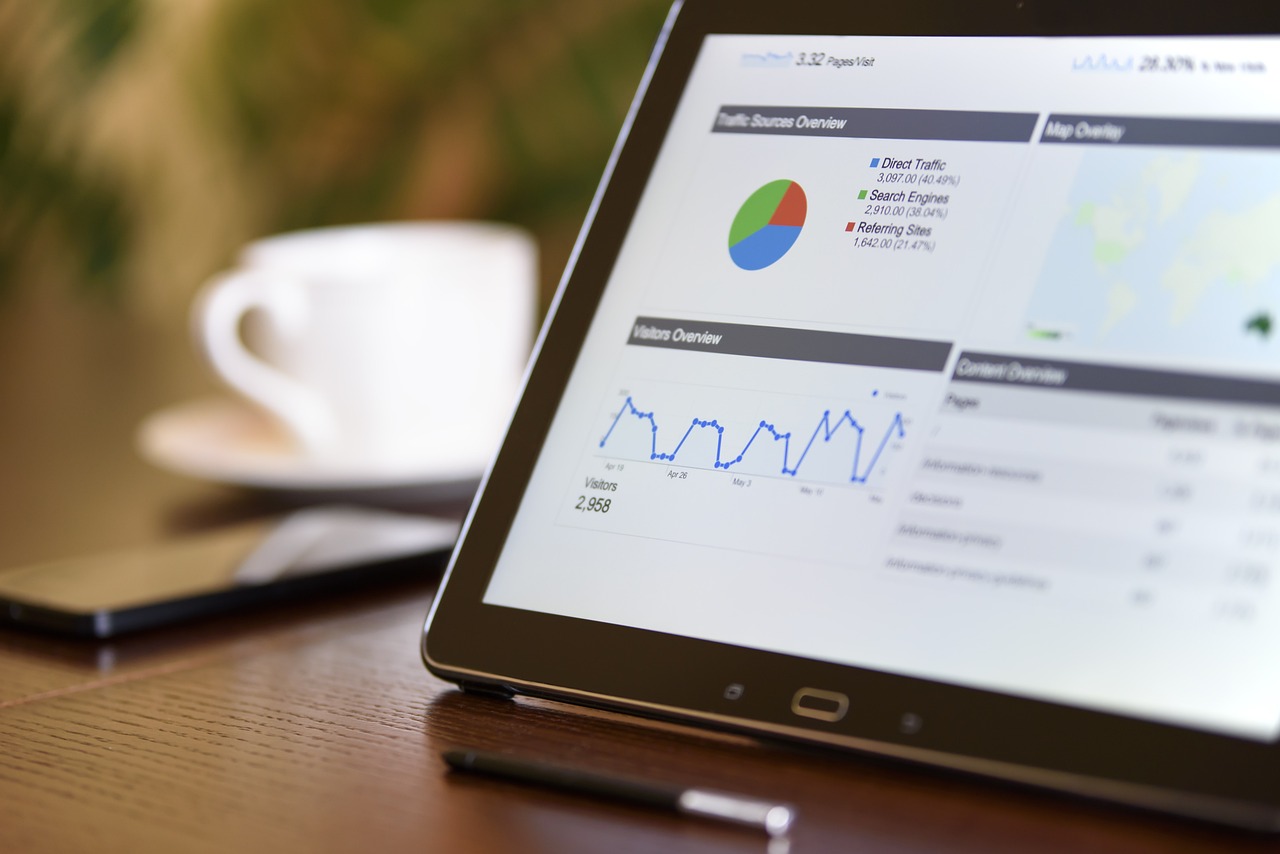- Determine the set of all possible inputs (domain) and outputs (range) for a function from its graph or equation
- Find where functions cross the x-axis and y-axis by looking at equations, graphs, and data tables
- Interpret graphs and tables to describe function behaviors, including symmetry
- Combine two or more functions to create a new function
Market Mechanics: Understanding Functions Through Data
Kai, a data analyst, is preparing a report on market trends for a large retail company. They need to use various functions to predict sales growth, analyze customer behavior, and optimize inventory management. Your task is to assist Kai by applying your knowledge of functions and their graphs to real-world data scenarios.

Kai’s first challenge involves ensuring the correct representation of data. They show you a series of graphs and asks you to identify which ones represent functions.
Having identified which graphs represent functions, Kai turns to the practical application of this knowledge. His company has collected data on customer purchases and wants to represent this data accurately using function notation.
After establishing the function notation for customer purchases, Kai moves on to analyze the impact of the advertising budget on sales. This requires evaluating a function that models this relationship.
With your assistance, Kai has successfully prepared the report, ensuring that all graphs represent functions and are described accurately using function notation. You’ve helped identify the types of functions and evaluated them for specific values, which is crucial for accurate data analysis and prediction. Great job!